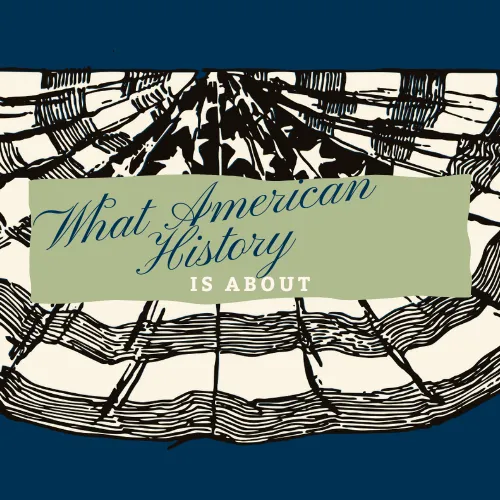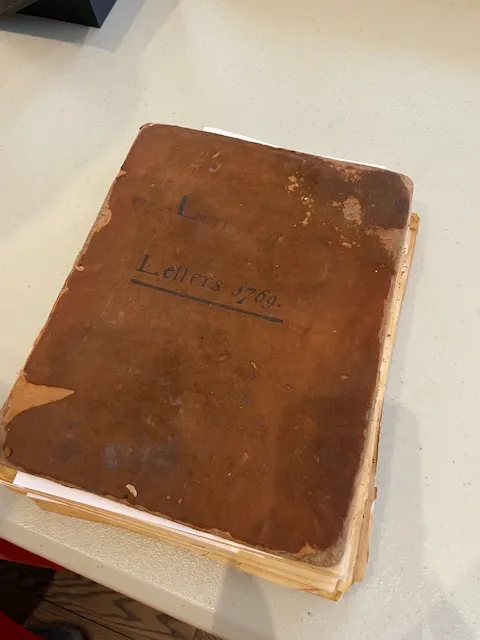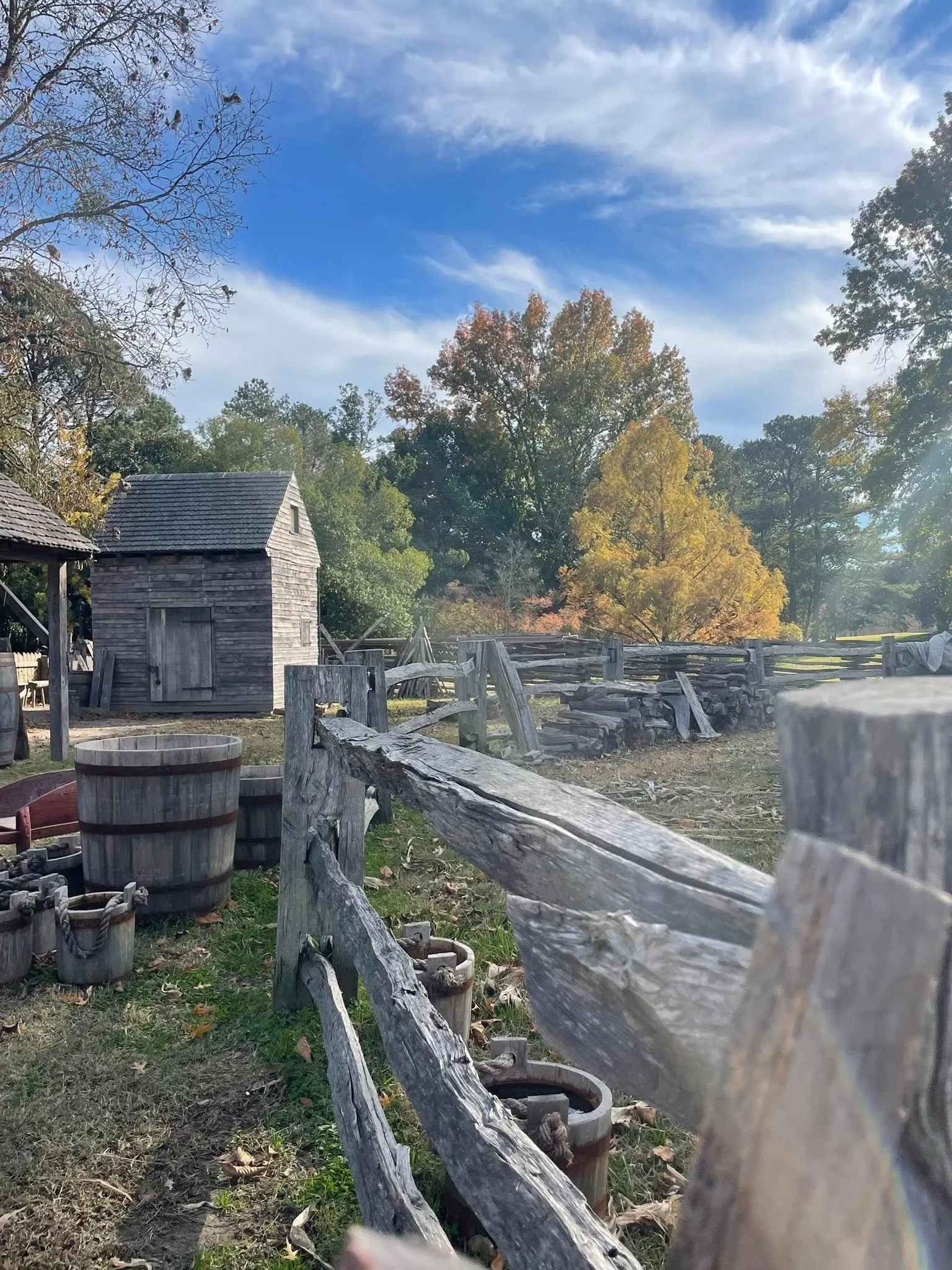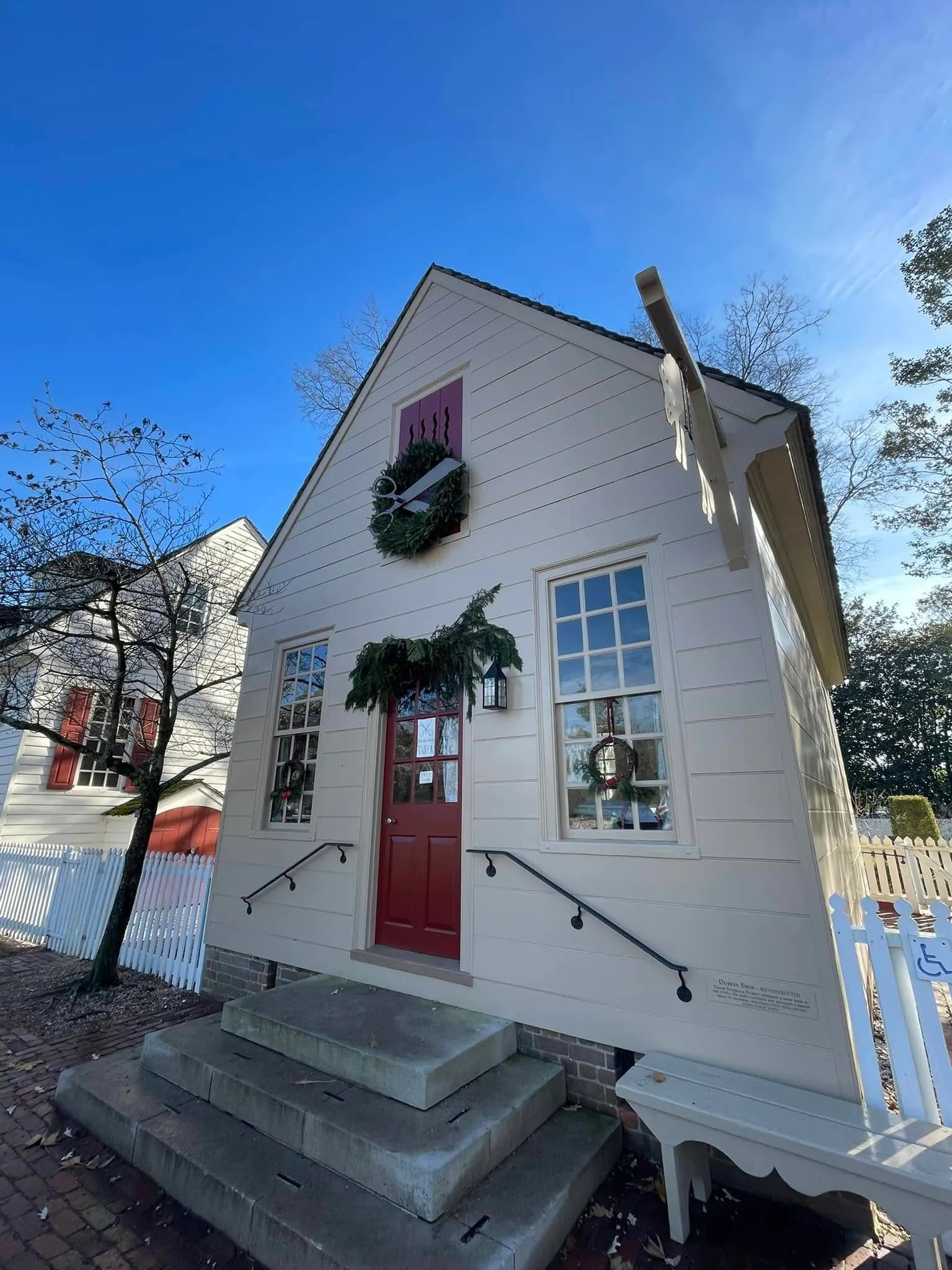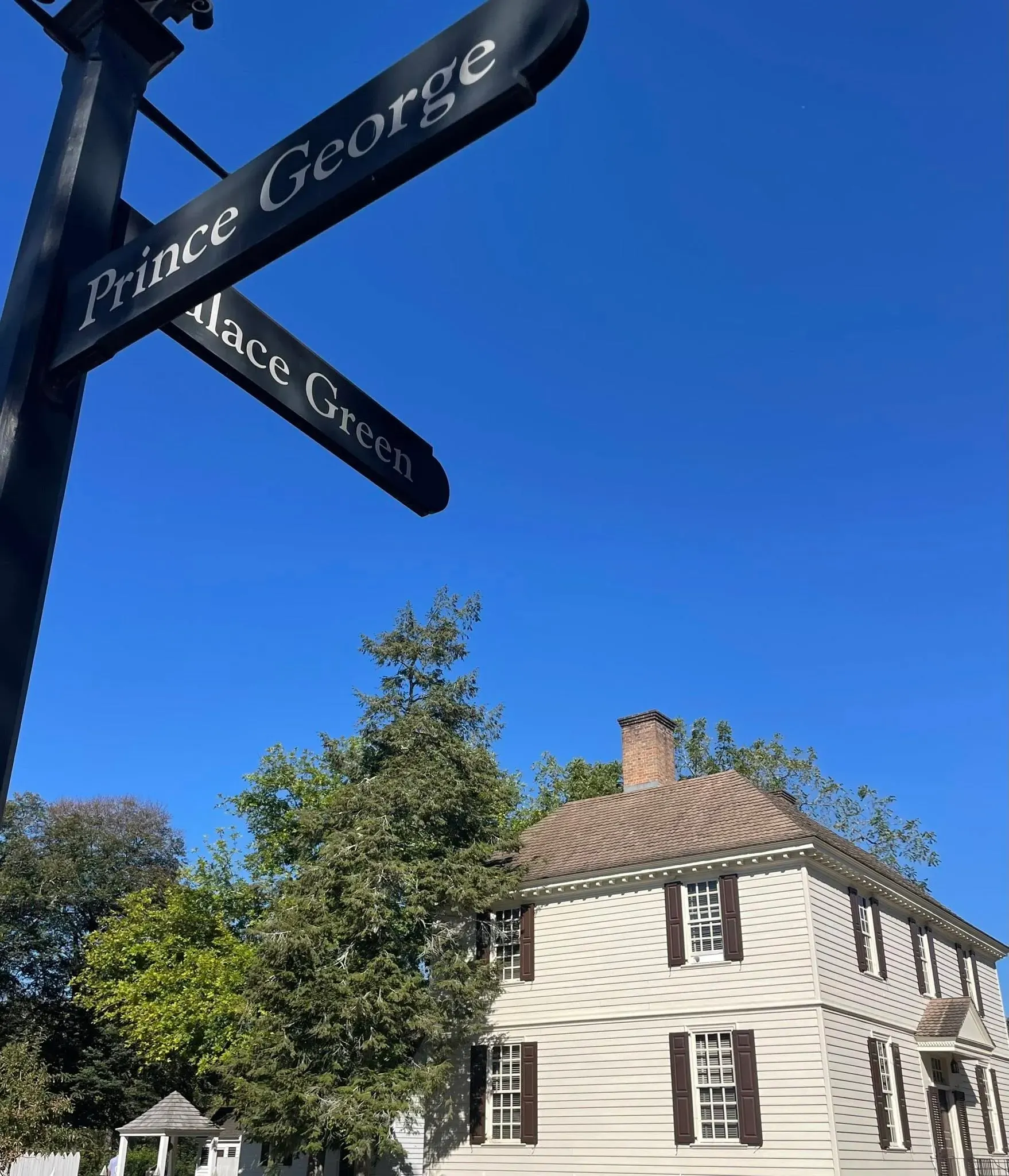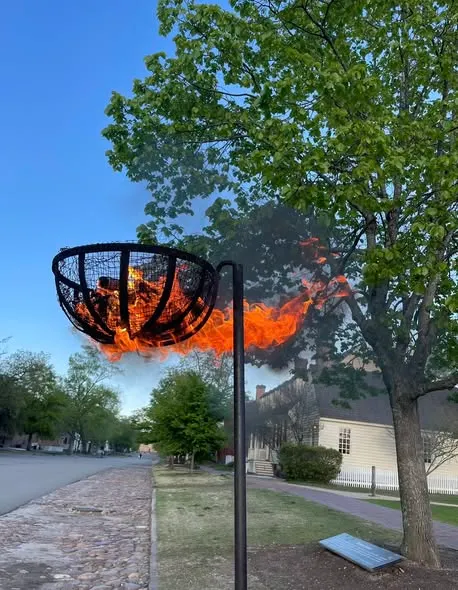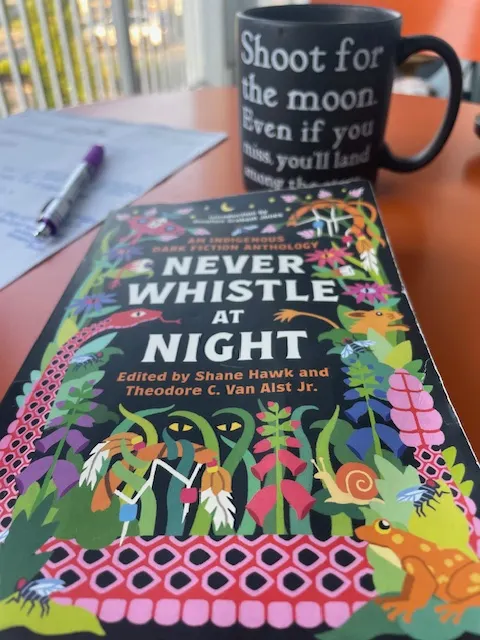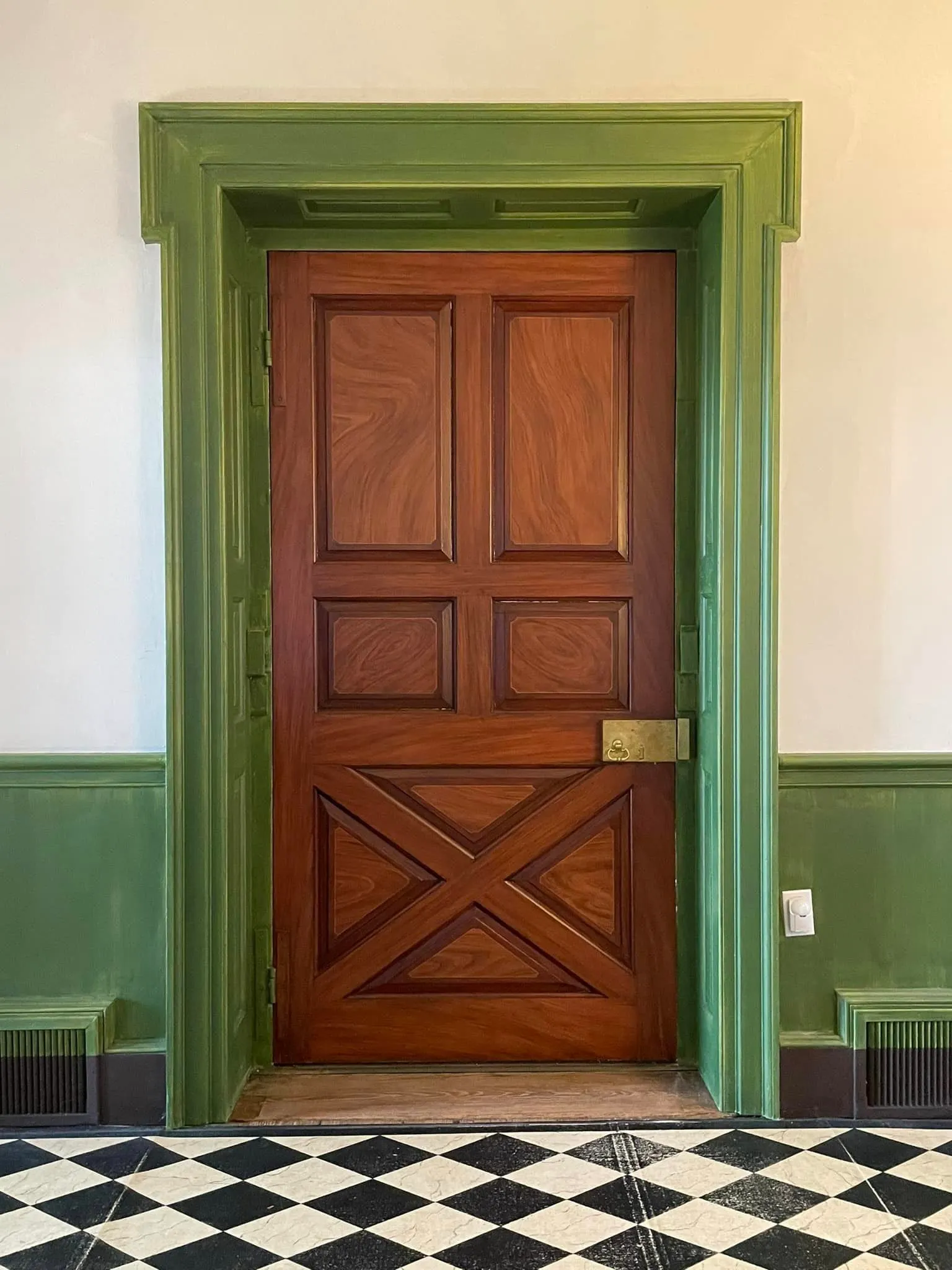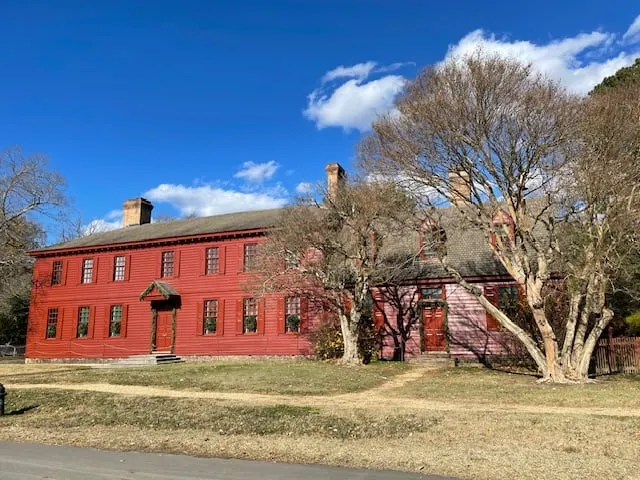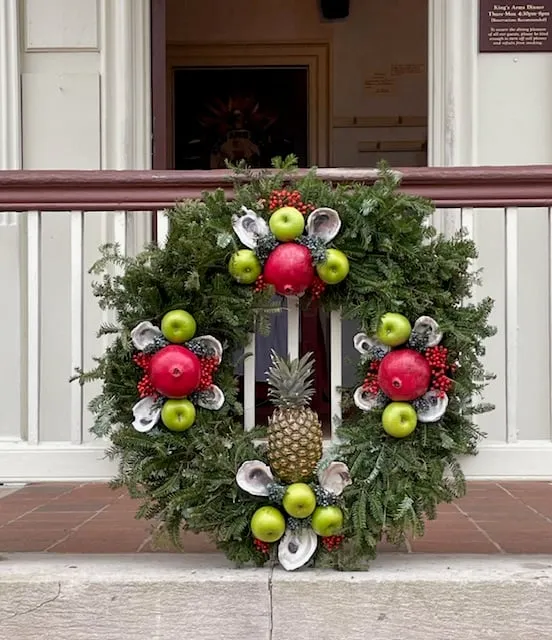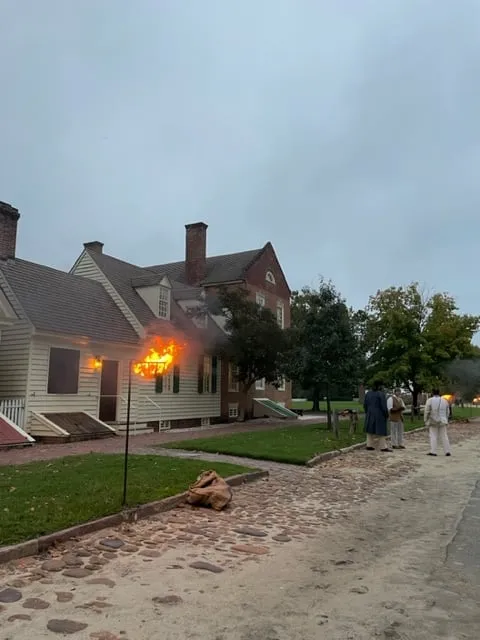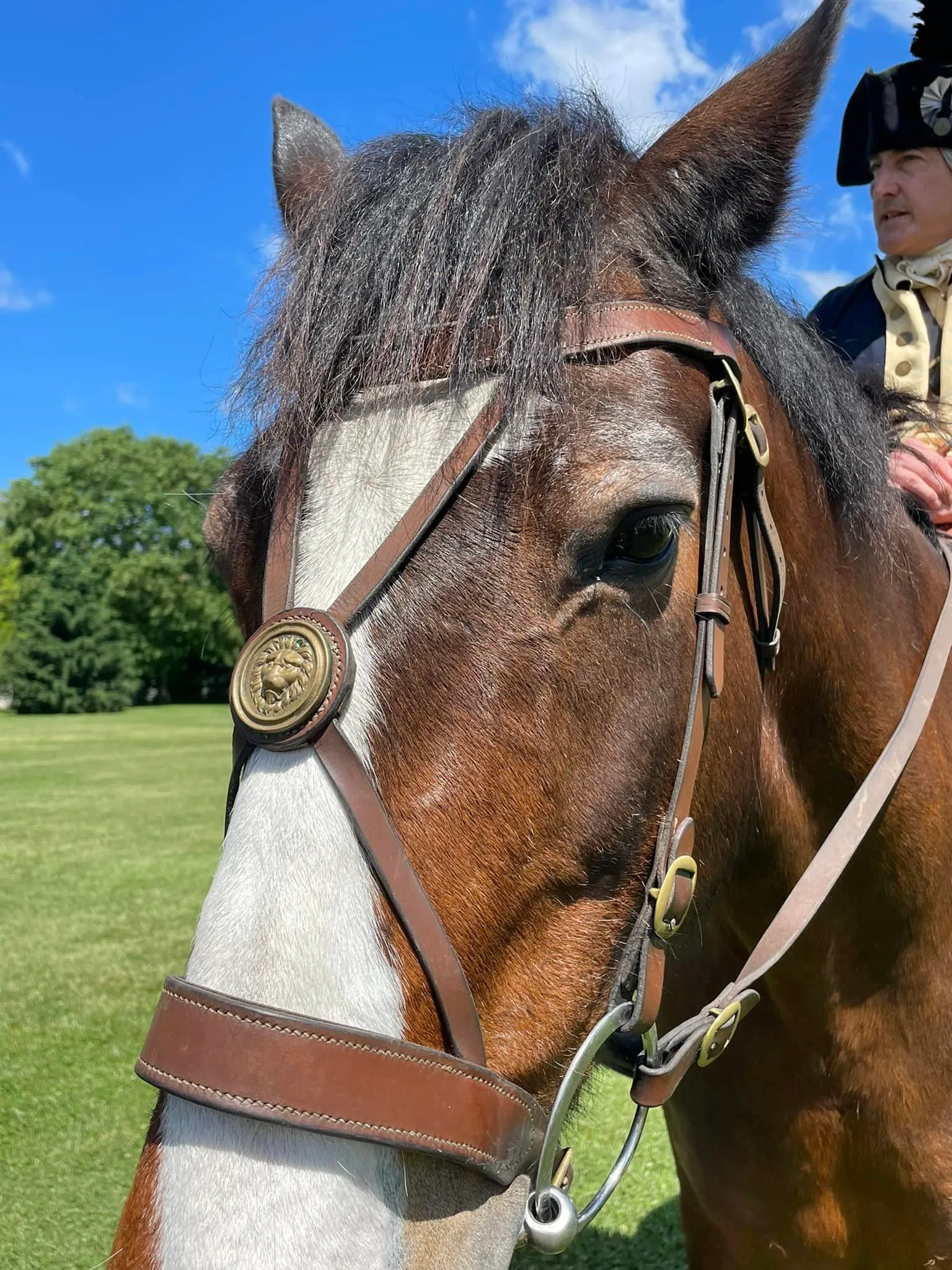Learning Black History Daily: A February Post About Opportunities Every Day
February is Designated as Black History Month.
And it's important to have designations that bring awareness. But the truth is, black history is all around us. People, archaeology, architecture, art, music... it's all there. You just have to take advantage of your opportunities to learn.
For me, that comes any and every day here in Colonial Williamsburg (CW). If you've followed the blog, you know I can nerd out on everything from wallpaper to sheep, not just major events like the victory at Yorktown!
For those of you newer to the blog, here's my take on history: people are human. All people, all eras. Humans in history, no matter where or when they lived felt joy, anger, grief, and love. And every other emotion you and I feel. They made bad decisions and good ones. They woke up and lived every day of their lives.
Primary sources prove it. You can start with a birds-eye view of history, but drilling down into the details is the best.
Necessary disclaimer: As a blogger, I use affiliate links sometimes! I may receive commission from purchases I share; it does not change your price but sometimes you might get a discount.
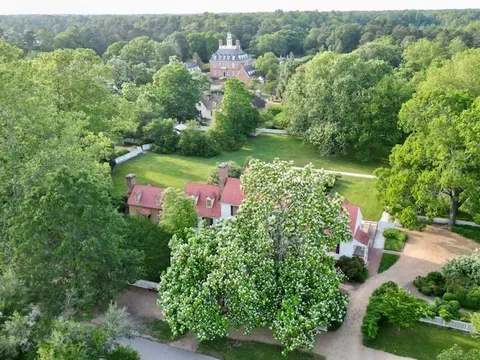
St. George Tucker House and Governor's Palace, Photo credit: Tom McAuliffe
You cannot summarize black history in America with a single blog post.
So I won't try.
What I will do is share some of the people, archaeology, artifacts, art, and buildings I've learned about. More, like this post about James Armistead Lafayette, will be sprinkled throughout the blog because like every other aspect of American history, black history is woven right in.
A podcast sharing a letter from Phyllis Wheatley.
Who was Phyllis Wheatley?
- 18th century American poet (and yes, she was published during her lifetime!).
- Born in West Africa, enslaved in Massachusetts, by a Boston merchant named John Wheatley.
- Learned to read and write while being educated in the Wheatley household.
- Had a bestie named Obour Tanner.
Why am I embedding this podcast episode into my blog?
I am addicted to using primary sources to learn history. In my opening, I mentioned that the people who lived in history are all human.
Your Most Obedient and Humble Servant, created by Kathryn Gehred uses letters to explore the lives of 18th and 19th century women in a way that is relatable.
You'll want to bookmark this post for when you have 40 minutes to listen to Episode 47, which dives into a letter Ms. Wheatley wrote to Ms. Tanner in 1773, but also discusses black history in the context of being human.
Two 18th Century buildings in CW that constantly educate.
The Bray School.
In February 2023, we watched the 89th original building of CW being moved from the College of William and Mary's campus to a spot near one of it's early locations. I say this because the building was moved before! In fact, it sat on a site currently occupied by a student dorm.
Watching the move was a momentous occasion for sure! Because no one really knew the building was hanging out on campus. Researchers figured out that the building was there and experts dug into the walls a bit to confirm it.
The Bray School was opened in the mid-18th century for the purpose of educating free and enslaved black children. It operated until the death of teacher Ann Wager.
Onsite restoration is in progress and the school will be used for interpretation here in CW, what's currently the largest living history museum in the world.
Cool side note: the CW joiners are tasked with creating 6 chairs for the school. They're designed based on the period and the likeliness that Ms. Wager would've had older, used furniture at the school, in which she also lived.
And yes, archaeological excavation near the current dorm has been done. The findings are being examined and shared as the project continues.
For more, you can check out this link - the Today Show actually did a solid story on the Bray School IMO.
January, 2025 update: The Bray School restoration is almost complete and will be ready for tours and interpretation!
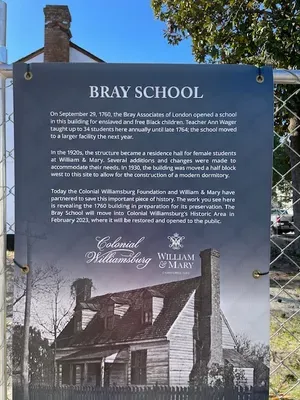
The First Baptist Church.
Excavation of the original site is complete and the foundation is outlined on the ground. This is where Reverend Gowan Pamphlet preached. (keep reading, you'll meet him later in this post!)
In fact, I've been to two programs at the Hennage Auditorium discussing this project and have a few tidbits I want to share. Thanks to staff archaeologist Meredith Poole for a fantastic dive into the project!
- Over 60 burial sites were found. DNA was done on 3. In conjunction with the current congregation, a plan to memorialize the area has been implemented (January, 2025 update).
- Jesse Cole, who owned the property, donated land for the church to be built when the congregation was allowed to worship.
- As of September 2023, over 130,000 artifacts were recovered.
- Artifacts found include straight pins, teapots, animal bones (food), and material that was determined to be remnants of a money box (based on one staff member finding a complete one online!)
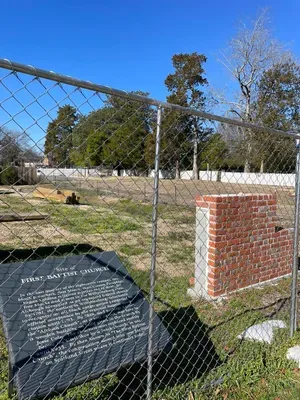
Two fascinating people I "met" in CW.
Cesar Chelor.
Mr. Chelor was introduced to me by one of our joiners (the trade working on the Bray School chairs). He was an enslaved Massachusetts man who excelled in woodworking, where he worked alongside his owner, Francis Nicholson.
In 1753, Nicholson died and freed Chelor through his will. In addition, he provided him the means to continue on in the trade, establishing his own business.
One of Chelor's pieces is found in the CW museum's "I Made This" exhibit, featuring black artisans and artists.
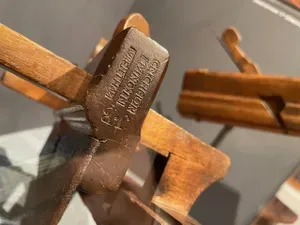
Wood plane displayed in the CW museum, signed by Chelor
Gowan Pamphlet.
Who was the Reverend Pamphlet?
- Ordained Baptist preacher who founded Williamsburg's First Baptist Church (still meeting today and where actor historian James Ingram, who portrays him in CW, is a member)
- Passionate preacher. With the only legal religion being the Church of England prior to independency, his congregation met outdoors. The Greensprings Plantation owned by the Lee family allowed him to use their land.
- Enslaved tavern worker freed by tavern owner Jane Vobe's son David.
Learn more on the CW website here.
RELATED: Meet Jane Vobe here.
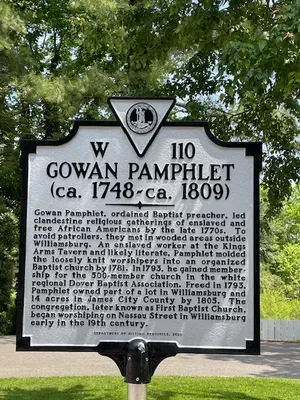
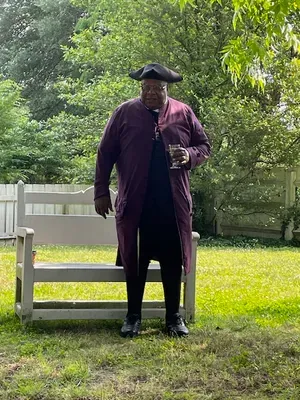
James Ingram portraying the Reverend Gowan Pamphlet, Colonial Williamsburg
Every blog post should have a call to action.
It's pretty universally known in the world of blogging that you end a post with a call to action. I tend to close posts on this blog with words from history and will, but first my call to action.
My call to action is three-fold:
- Dig deeper on anything I've shared above.
- Find your opportunities to learn history every day.
- Subscribe to this blog (using the form on this page) and keep updated on the people, art, artifacts, objects, buildings, music... all the things that make up what American history is about!
Closing words from history.
This time, an excerpt from a letter written by Benjamin Franklin. Bray Schools were not limited to Williamsburg. Note that I am omitting a portion of the letter to give you a brief peek into it, but you can read the letter in full, with citations, by clicking here.
From Benjamin Franklin to John Waring, 27 June 1763
(letter continues)
Since my Arrival in America, I made a Journey too to Williamsburgh, near 350 Miles, which took me 5 Weeks; on Business of the Post Office. I there had a long Conversation with Mr. Nicholus 2 concerning the School in that Place, of which I need not give you any Account, as you have receiv’d his Letter which he told me he had written to you. He appears a very sensible and a very conscientious Man, and will do his best in the Affair, but is sometimes a little diffident as to the final Success, in making sincere good Christians of the Scholars; their Continuance at the School being short.
Are you enjoying the blog? Use my online tip jar and buy me a coffee:
There is a huge practical disclaimer to the content on this blog, which is my way of sharing my excitement and basically journaling online.
1) I am not a historian nor an expert. I will let you know I’m relaying the information as I understand and interpret it. The employees of Colonial Williamsburg base their presentations, work, and responses on historical documents and mainly primary sources.
2) I will update for accuracy as history is constant learning. If you have a question about accuracy, please ask me! I will get the answer from the best source I can find.
3) Photo credit to me, Daphne Reznik, for all photos in this post, unless otherwise credited! All photos are personal photos taken in public access locations or with specific permission.
